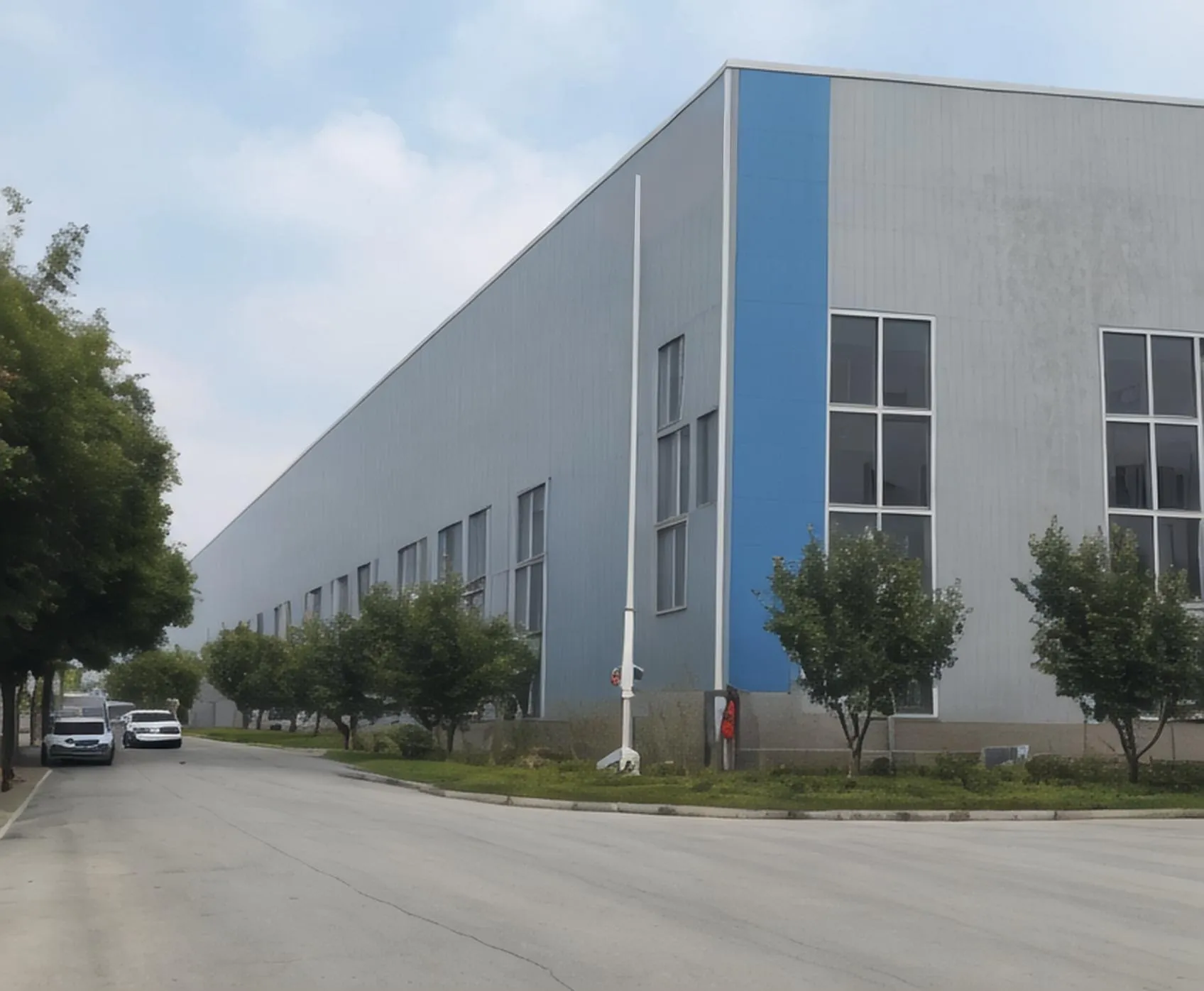
ធ្នូ . 10, 2024 01:01 Back to list
Manufacturing Processes and Applications of Silver Titanium Dioxide in Industrial Production
The Rise of Silver Titanium Dioxide Factories
In recent years, silver titanium dioxide (Ag-TiO2) has emerged as a significant material with diverse applications in fields ranging from photocatalysis to biomedical engineering. The synergy between silver’s antimicrobial properties and titanium dioxide’s photocatalytic capabilities has led to the establishment of specialized factories dedicated to producing this innovative compound. This article explores the importance of silver titanium dioxide factories, their production processes, applications, and their impact on various industries.
Understanding Silver Titanium Dioxide
Silver titanium dioxide is a composite material that combines silver nanoparticles with titanium dioxide. Titanium dioxide is a well-known photocatalyst that can effectively decompose organic pollutants when exposed to UV light, while silver enhances the material's antibacterial properties. This combination results in a potent agent that can purify air and water, eliminate pathogens, and reduce environmental pollutants. As health and environmental concerns continue to drive technological advancements, the demand for such multi-functional materials is on the rise.
The Production Process
The manufacturing of silver titanium dioxide typically involves several steps, beginning with the synthesis of titanium dioxide. This is often achieved through methods such as sol-gel synthesis or hydrothermal processes. Once the titanium dioxide is produced, silver nanoparticles are added through techniques such as impregnation, co-precipitation, or photochemical reduction. The precise control of silver content is crucial, as it influences both the antimicrobial activity and photocatalytic efficiency of the final product.
Factories specializing in the production of silver titanium dioxide must ensure that they adhere to stringent quality control measures. This is essential not only for the performance of the material but also to comply with regulatory standards, given the potential environmental impacts of metal nanoparticles. Advanced characterization techniques, such as scanning electron microscopy (SEM) and X-ray diffraction (XRD), are employed to monitor the morphology and crystalline structure of the synthesized materials.
Applications Across Industries
Silver titanium dioxide finds applications in several sectors, showcasing its versatility
1. Water Treatment One of the most important applications is in water purification. Ag-TiO2 can effectively degrade organic contaminants and kill pathogenic microorganisms, making it an ideal solution for treating wastewater and drinking water.
silver titanium dioxide factories

2. Air Purification The photocatalytic properties of silver titanium dioxide can also be utilized in air purifiers. When exposed to light, it can break down volatile organic compounds (VOCs) and other harmful substances in the air, thus improving indoor air quality.
3. Coatings With its antibacterial properties, silver titanium dioxide is widely used in coatings for medical devices, textiles, and surfaces. It can significantly reduce the risk of infections in healthcare settings and offer added durability to consumer products.
4. Self-Cleaning Surfaces The photocatalytic activity of Ag-TiO2 is also employed in creating self-cleaning surfaces. These surfaces can break down dirt and organic materials when exposed to UV light, reducing the need for chemical cleaners and maintenance.
5. Biomedical Applications In the biomedical field, silver titanium dioxide is being researched for its potential use in drug delivery systems and implants, where the combination of antibacterial and photocatalytic properties can improve sterilization.
Economic and Environmental Impacts
The establishment of silver titanium dioxide factories contributes notably to economic growth by creating jobs and fostering technological innovation. As demand continues to grow, especially in emerging markets, more factories are likely to develop, focusing on sustainable production methods.
Moreover, the environmental benefits of silver titanium dioxide should not be overlooked. By providing effective solutions for water and air purification, these factories play a vital role in combating pollution and promoting public health. However, it is crucial for manufacturers to adopt responsible practices, ensuring that the use of silver nanoparticles does not lead to adverse ecological effects.
Conclusion
Silver titanium dioxide factories are paving the way for advanced materials that hold the promise of addressing some of the significant challenges facing the environment and public health today. As production techniques continue to improve and the applications expand, the relevance of Ag-TiO2 is set to increase, making it a cornerstone of future technological solutions. Through innovation and responsible manufacturing, these factories will play a critical role in shaping a sustainable and healthy future.
-
High Quality China Black Iron Oxide Powder Supplier Competitive Price & Fast Delivery
NewsJul.08,2025
-
High Quality Titanium Dioxide Used in Rubber – Trusted Supplier & Factory Price
NewsJul.08,2025
-
High Purity Barium Sulfate Particle Size - Wholesale Manufacturer from China
NewsJul.07,2025
-
Premium Titanium Dioxide Lomon R-996 Supplier – Quality & Wholesale Price from China
NewsJul.07,2025
-
Top Titanium Manufacturers in China - Quality Titanium Dioxide Supplier & Production Line Solutions
NewsJul.06,2025
-
OEM Titanium White Supplier & Factory – High Purity, Consistent Quality for Industrial Use
NewsJul.06,2025
